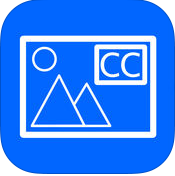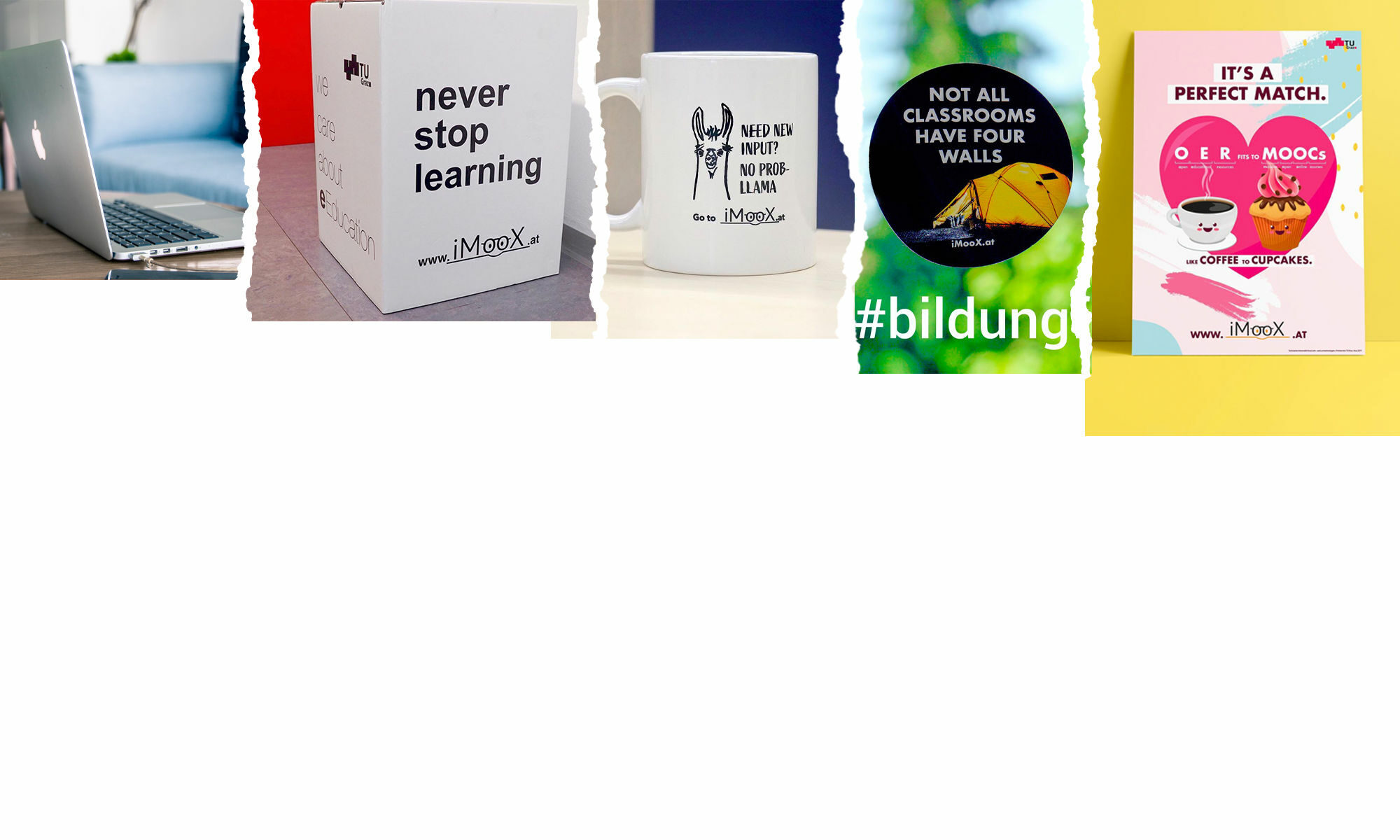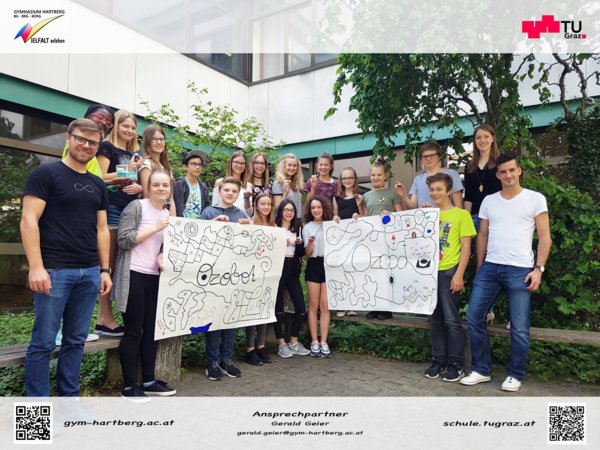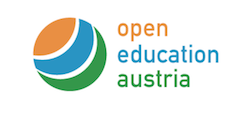 Im Rahmen einer Projektarbeit ist die „LicenseApp“ für das Open Education Austria Projekt entstanden. Die Idee ist dabei relative simpel – Bilder die mit dem Mobiltelefon aufgenommen wurden, können schnell mit einer CC-Lizenz versehen werden als eine Art Wasserzeichen. Danach kann das Bild wieder abgespeichert werden und entsprechend geteilt. Die App ist als hybride App umgesetzt worden, steht daher sowohl für Android als auch iOS zu Verfügung
Im Rahmen einer Projektarbeit ist die „LicenseApp“ für das Open Education Austria Projekt entstanden. Die Idee ist dabei relative simpel – Bilder die mit dem Mobiltelefon aufgenommen wurden, können schnell mit einer CC-Lizenz versehen werden als eine Art Wasserzeichen. Danach kann das Bild wieder abgespeichert werden und entsprechend geteilt. Die App ist als hybride App umgesetzt worden, steht daher sowohl für Android als auch iOS zu Verfügung
Mit dieser App kannst du ganz einfach deine Bilder mit einem Wasserzeichen in Form eines CreativeCommons-Lizenzlogos versehen und das entstandene Bild via Mail, Facebook, Twitter und Co. teilen.
- Wähle aus den 7 verschiedenen CreativeCommons-Lizenzen
- Füge deinen Namen zum Bild hinzu
- Verändere Größe und Eigenschaften des Wasserzeichens



